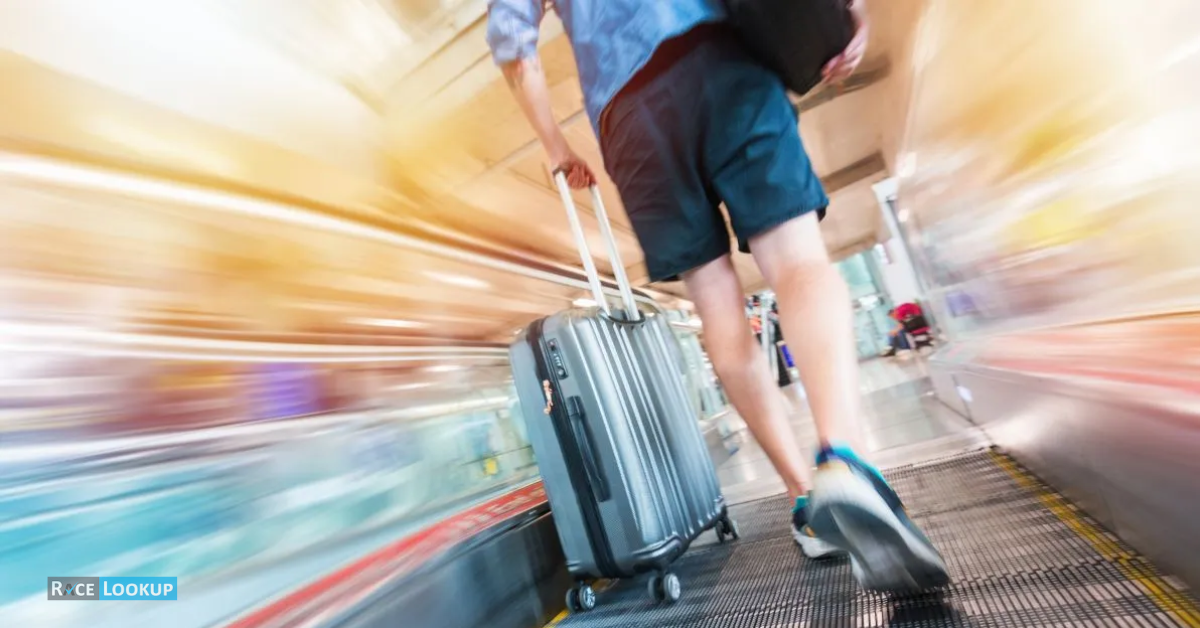Post-Race Air Travel
Injury Management

Effects of air travel after running a marathon or half marathon
If you are a runner, you know the weeks before and after a marathon or half marathon often come with anticipation, preparation, exhaustion, and elation. During this time, you focus on what it takes to cross that finish line — stretching, pushing your limits, and fueling yourself for success. So, what happens when your race is over, and air travel follows?
Understanding how air travel affects the body after an intense long-distance running event is essential to help ensure the necessary time for a safe recovery. Learning more about how to prepare for flying after a race and why air travel can cause adverse effects on runners, in general, can be helpful.
The stress and fatigue that comes after a long race can take its toll on the body. Air travel can exacerbate muscle soreness and dehydration and lead to jet lag. There also is an increased risk of blood clots when flying after a long race. Ensuring you remain hydrated and wearing compression socks or stockings can help.
Runners lose essential fluids and electrolytes during long races and must replace them to stay hydrated; dehydration can lead to dizziness and other side effects — both on the plane and when you arrive at your destination. Drink plenty of fluids before, during, and after flying. Sports drinks are a great way to help replenish electrolytes quickly and efficiently.
In addition to hydration, eating the right foods can help your body recover from a long race. Choose foods that contain essential vitamins and minerals, like fruits, vegetables, protein, and healthy fats. Skip sugary sodas and processed snacks to avoid an energy crash midway through your flight.
Finally, try to get some rest on the plane. Resting can be tricky for runners who are used to being active throughout the day. However, your body needs adequate rest after a marathon or half marathon; remembering to rest will help your recovery.